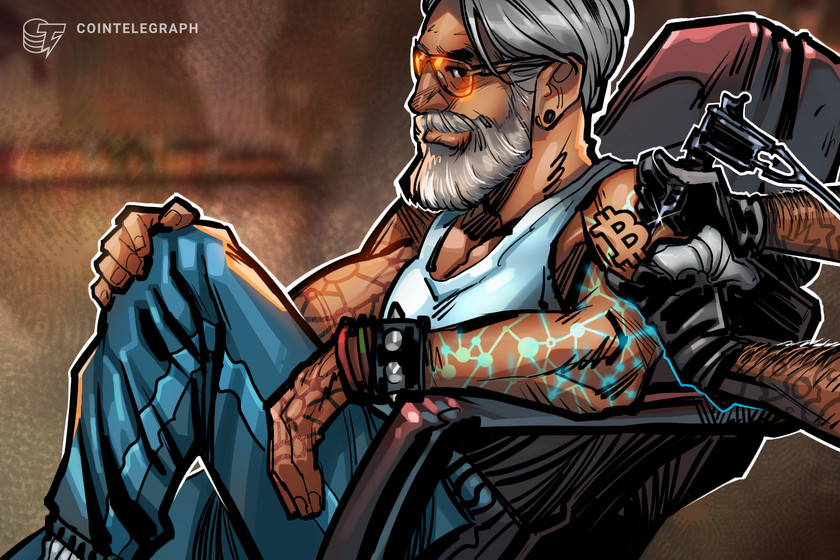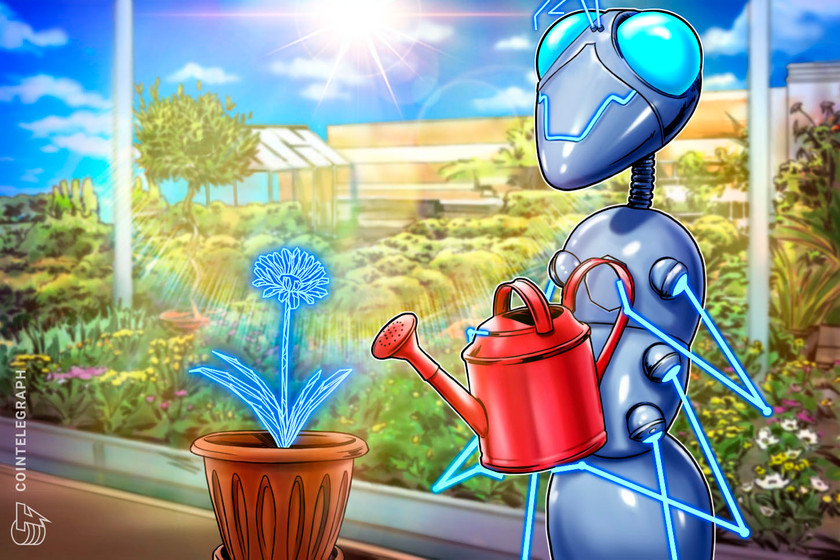What is Midjourney, and how can you use it to create AI art?



Uncover what Midjourney is and learn the essentials of using this innovative AI tool to create stunning and unique art pieces.
Midjourney is a generative artificial intelligence (AI)-powered platform that allows users to generate unique artwork such as characters, images and depictions through short text prompts.
A generative AI platform is an artificial intelligence system that can generate new and unique content, often in images, text or other creative outputs. Unlike traditional rule-based AI systems designed for specific tasks, generative AI platforms use advanced algorithms, typically based on deep learning techniques, to autonomously produce novel and contextually relevant outputs.
Midjourney AI is one such innovative generative AI platform that opens up new possibilities for creative expression and can produce outputs that go beyond what was explicitly programmed, introducing an element of unpredictability and creativity into the AI landscape. This can be applied to various artwork domains to create realistic images that do not exist in the real world.




























